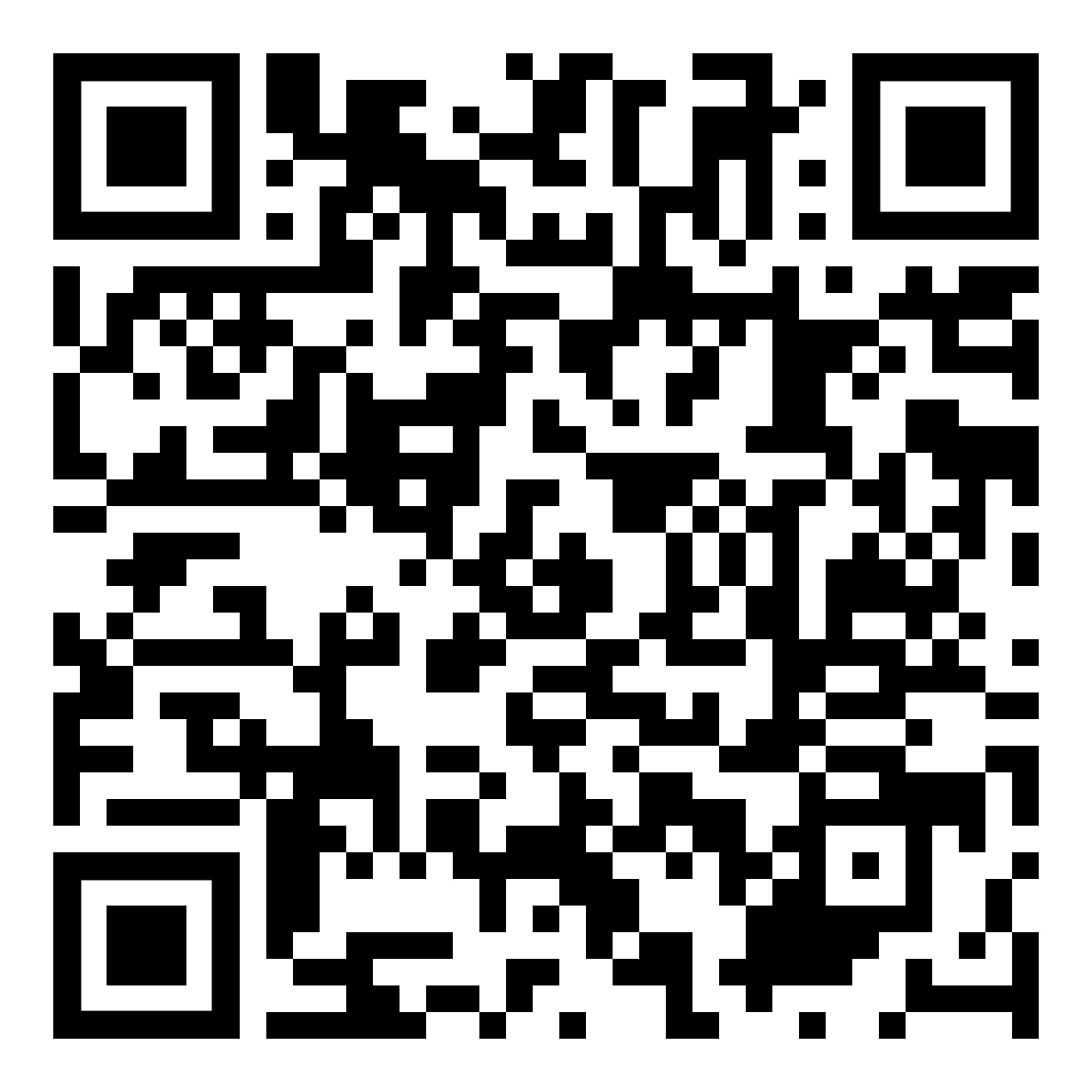Main Article Content
Oct 2, 2017
Abstract
The images surround us in our daily lives. We are immersed in a world where iconography has developed by leaps and bounds. Llikewise, the sciences in general and scientific education specifically have a specific vocabulary, with symbologies, connotations and own images which establishes a specific channel of communication for those who are immersed in it. This iconographic language goes much beyond a simple illustration, since the images provide information of the phenomenon under study. In addition, in most scientific texts, authors make use of the images to be understood in the development of laws and theories. However, in the baggage of these, a varied typology is achieved. This article aims to characterize scientific images from the perspective of scientific writings. For this, a hermeneutical analysis of four texts by authors known in the development of physical theories as Isaac Newton, Michael Faraday, Stephen Hawkins and Albert Einsten-Leopold Infeld was carried out. This shows that there are five types of images: The drawing, the schematic drawing, the graphs, the diagrams and the photograph, which can be extrapolated to other books of scientific-didactic character at university level as the one by authors Serway and Jewett (2009).
Downloads
Los lectores/as pueden copiar, mostrar, y distribuir este artículo, siempre y cuando se de crédito y atribución al autor/es y a la Revista Diálogos Educativos; se distribuya con propósitos no-comerciales; y no se altere o transforme el trabajo original.











